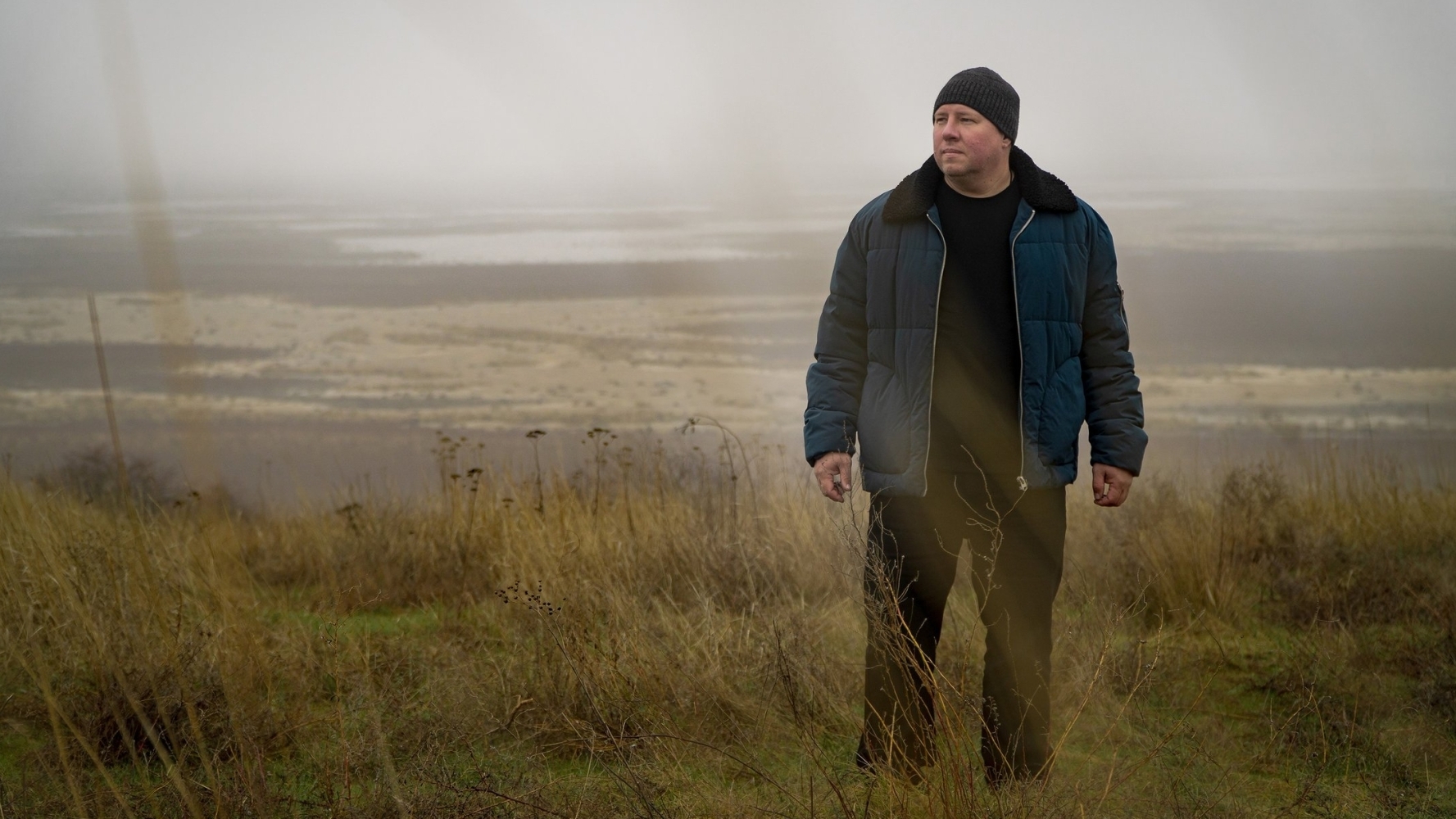"We are only a few hundred meters of water separating us from the occupiers." How they live in a village on the shores of the Kakhiv Reservoir
Estimated reading time: 3 minutes
This article explores life in the Ukrainian village of Vyshetarasivka, situated near the former Kakhiv reservoir and facing challenges from the conflict with Russian occupiers.

Vyshetarasivka, a village in the Dnipro region, finds itself on the edge of the former Kakhiv Reservoir, now separated by just a few hundred meters of water from the part of Ukraine under Russian occupation. The village's head, Oleksandr Sivak, shared the challenges faced by its residents, including the aftermath of the Kakhovska Hydro Power Plant (HPP) explosion, constant gunfire, and the inspiring efforts to restore water supply.
The Impact of the Kakhovska HPP Explosion
The explosion of the Kakhovska HPP brought unexpected challenges to Vyshetarasivka. Oleksandr Sivak recalls the day when the water rapidly receded from the shore, signaling a drastic change for the villagers.
“By noon, the water had receded 300 meters from the shore. We understood that it was a one-way ticket and there would be no water” he explained.
The proximity to the occupied territory added a layer of complexity to the village's situation.
Life under constant fire
Vyshetarasivka has become a frontline community, experiencing the continuous onslaught of various weapons used in medium-range combat. From artillery to "Hrads," "Hurricanes," "Lancets," and even modified mortars, the residents have learned to distinguish the sounds of danger.
Despite the fear and uncertainty, the attachment to their homes and land keeps many residents rooted. As one local resident, Nina, reflects:
What is life like under fire? Do you go to bed at night and think - will you wake up in the morning or not? ... But we have to live. And we raise cows, piglets, and chickens
The unsettling incident with a villager turned artillery controller
One villager shared a harrowing experience of a fellow resident who, in June 2022, controlled the artillery of the Russian army. A shell hit a house, miraculously sparing lives, but revealing the unsettling truth that some villagers were involved in collaborating with the occupiers.
The individual responsible was detained by the SBU, leaving the community grappling with the betrayal.
Restoration efforts and village population
Despite the challenges, the residents of Vyshetarasivka have shown remarkable resilience. With the support of sponsors and the community, they have restored water supply to two-thirds of the village. Local volunteers and patrons played a crucial role in overcoming the difficulties of laying pipes under constant threat of gunfire. The head of the Vyshchetarasiv District Office, Oleksandr Sivak, emphasized that the most challenging aspect was not obtaining equipment or pipes but ensuring their safe installation.
Before the outbreak of war, Vyshetarasivka was home to up to 3,000 people. Presently, the population has decreased to about 2 000, predominantly consisting of older individuals, as many of the younger residents have joined the Armed Forces or left the village.
Despite the hardships, the community's spirit endures, exemplified by their collective efforts to rebuild amidst adversity. Tragically, the toll of the conflict is evident, with a woman killed, and several residents injured due to shelling.



